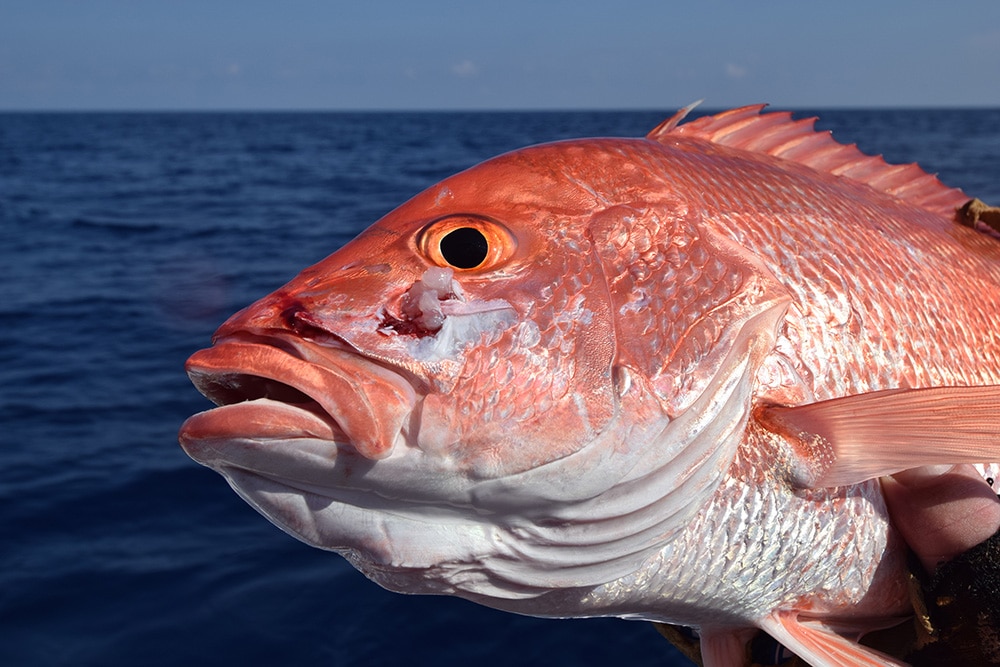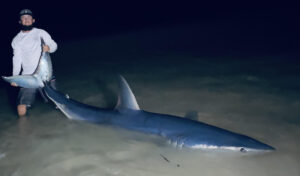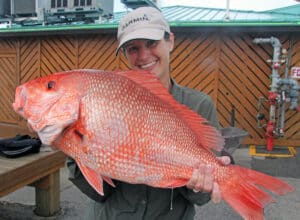
A bipartisan, cross-chamber bill, the Red Snapper Act, was introduced to the United States Congress earlier this week and would improve access to the species for recreational anglers in the Gulf of Mexico.
The act continues recent efforts to increase the role of states by extending offshore state boundaries. A press release from the American Sportfishing Association states, “State managers are better equipped to manage recreational fishing and have a proven track record of finding a balance between conservation of marine resources and reasonable public access.” The bill also includes conservation measures to maintain and improve the Gulf of Mexico’s red snapper stock.
Jeff Angers, president of the Center for Sportfishing Policy, said in the press release from the ASA that state governments have excelled in managing and providing access, while the federal government has failed.
“The Gulf states are among the nation’s leaders in marine fisheries management, have better scientific data, and are more in touch with recreational anglers and the businesses we support,” he continued.
The bill would expand the private recreational fishing regulation zones for the five Gulf states — Alabama, Florida, Louisiana, Mississippi and Texas — from the existing nine-mile state territory to 25 miles or 25 fathoms, whichever is farther from shore. Fishing beyond nine miles would have to be managed in accordance with the national standards and a Gulf-wide catch limit. The bill also gives more weight to state harvest data to help provide more timely information about catch rates and effort. It also requires the inclusion of non-federal data in determining the acceptable biological catch of red snapper.
Commercial and charter fishing would be unchanged, remaining under the federal-regulation system with annual regulations developed by the Gulf of Mexico Fishery Management Council.
Access to red snapper in the Gulf of Mexico has decreased for the last decade under the jurisdiction of the Gulf Council and the National Oceanic and Atmospheric Administration’s National Marine Fisheries Service. A six-month red snapper season with a four-fish bag limit for recreational anglers has been gradually reduced to 2017’s regulations, a historically low three-day season with a two-fish bag limit. The Department of Commerce and the five Gulf of Mexico states negotiated a compromise, fewer state-water days for more federal-water days.
Recreational fishing organizations have long criticized the federal management of the fishery.
“For years, the recreational saltwater fishing community has been asking for a management approach designed to manage recreational fishing and not just commercial fishing,” Thom Dammrich, president of National Marine Manufacturers Association, stated in the ASA’s release. “This is a great first step in achieving that goal. Most importantly, it ensures conservation of the fishery, something anglers have always championed.”
“This is an extremely complex and highly politicized fishery that has been manipulated by the federal management system into an unworkable condition for recreational anglers. We believe the only real solution is to give the states full management authority,” said Patrick Murray, president of Coastal Conservation Association. “This legislation initiates the process of moving the fishery away from a broken federal management system. We commend Rep. Graves and Sen. Cassidy for keeping the focus on fixing the red snapper problem and look forward to working with them to ensure the states are allowed to do what they do best – manage for the health of the resource and maximize the public’s access to it.”








